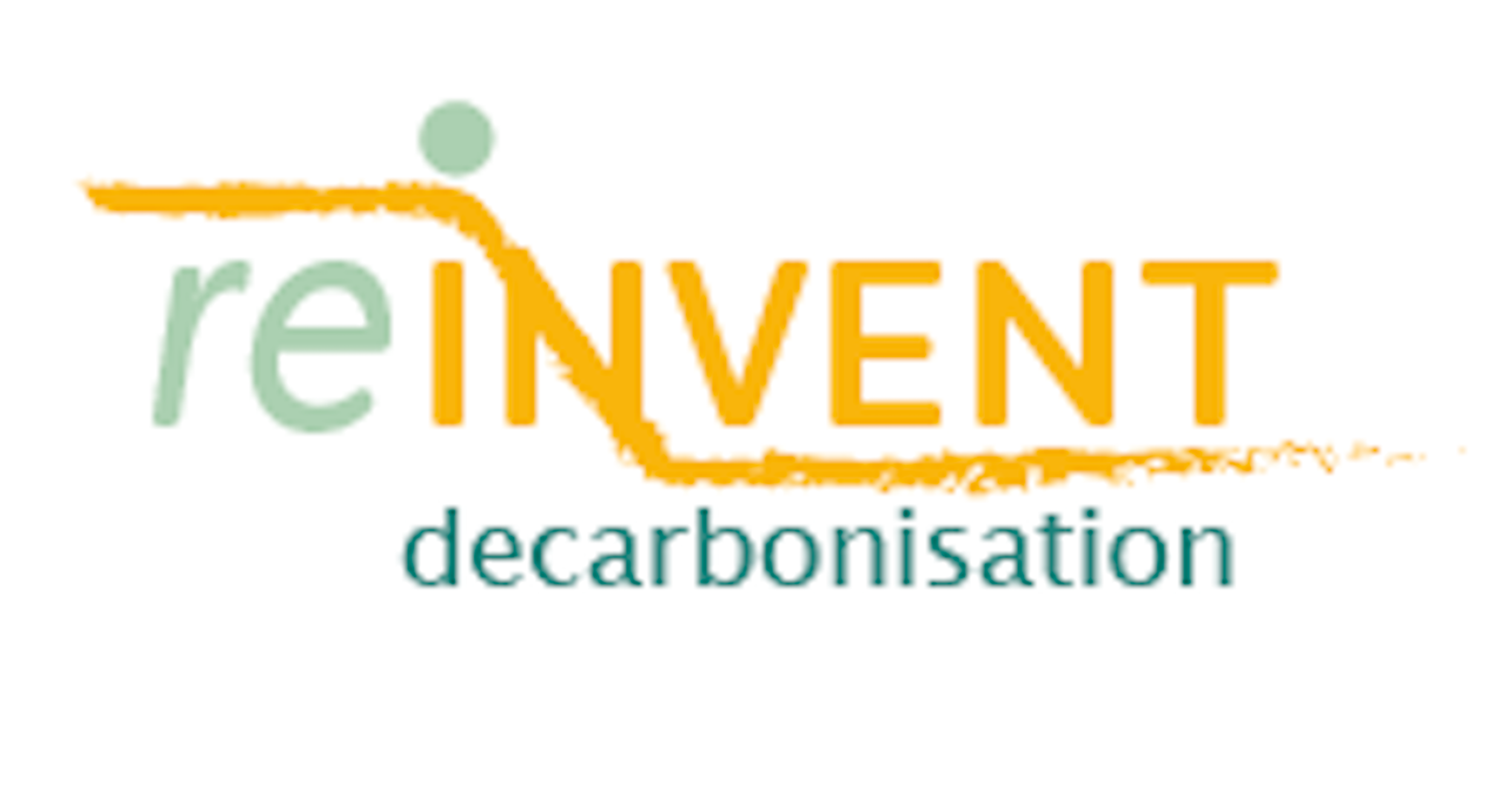Steel
The European steel industry is the second largest in the world after China, producing about 170 Million tonnes per year, generating a turnover of about €170 billion and direct employment of about 330,000 skilled staff at over 500 steel production sites in 24 EU member states. The steel industry serves key markets such as construction, automotive, and appliances sectors, and is closely integrated into these value chains. This makes the steel industry a key sector in the future industrial structure of the EU. It was hard hit by the economic crisis, which has resulted in reduction of overcapacity in the past years. International trade and competitiveness are key to the European iron and steel industry, and have had a negative impact in recent years due to global overcapacity and national (export) strategies. The current business environment is challenging for the European steel industry, yet also a driver for innovation. Innovation takes place both at the product level (e.g. high-strength and other special qualities) and at the production process level.
While energy intensity has reduced significantly over the past decades, the industry remains a large source of emissions (220 Mt CO2 in 2010) due to preferred use of coal and energy needed to reduce iron oxides. The ULCOS project is a unique example of a public-private partnership to develop the next generation low-CO2 steelmaking processes. Steel is one of the most recycled materials in the world, and traded globally. Increased recycling offers an opportunity to reduce emissions further, while demanding innovation to produce steel for the high-quality markets served by the European industry. The future strategies of the sector need to integrate these elements, and the project will do this from a value chain perspective, combining upstream and downstream transitions.

